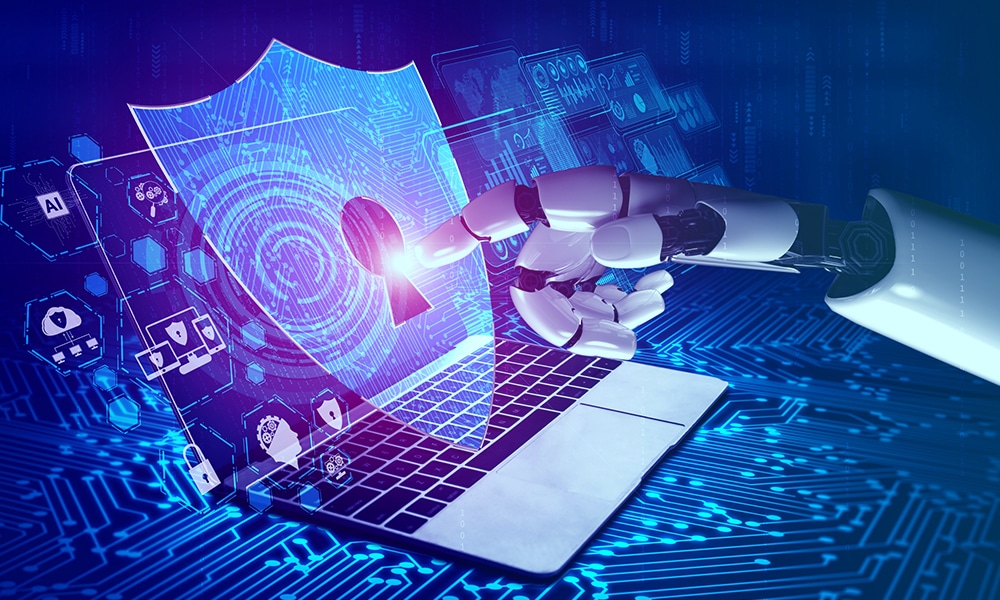Artificial Intelligence (AI) is becoming increasingly integrated into our daily lives—from personalized ads and voice assistants to healthcare and smart home devices. While AI offers convenience and efficiency, it also raises important concerns about data privacy. Understanding the relationship between AI and privacy is essential in today’s digital world.
What Is the Connection Between AI and Privacy?
AI systems rely on vast amounts of data to learn, adapt, and make decisions. This often includes personal information such as browsing history, location, biometric data, and even communication patterns. As AI becomes more powerful, the need to protect user data and ensure ethical handling grows more urgent.
Key Privacy Considerations in AI
Data Collection and Consent
AI systems frequently gather data from users—sometimes without their explicit knowledge. This raises questions about transparency and whether individuals are fully aware of what data is being collected and how it will be used.
Data Security
Storing large datasets, especially those containing sensitive information, makes systems a target for cyberattacks. Ensuring data encryption, secure access, and robust protection measures is essential to guard against breaches.
Anonymization and De-identification
AI can still identify individuals from seemingly anonymous data by finding patterns and correlations. Effective anonymization techniques must be applied to prevent re-identification and safeguard privacy.
Surveillance and Tracking
AI technologies such as facial recognition, location tracking, and behavioral analysis can be used for surveillance, often without consent. This raises ethical concerns, especially when used by governments or corporations with minimal oversight.
Algorithmic Bias and Discrimination
AI models trained on biased or incomplete data can make unfair decisions, disproportionately affecting certain groups. This not only violates ethical standards but can also lead to privacy intrusions based on inaccurate assumptions.
User Control and Transparency
One major challenge is giving users control over their data—allowing them to opt in or out, view what data is being collected, and request deletion. Building AI systems with privacy by design encourages accountability and trust.
How to Protect Your Privacy While Using AI
- Read Privacy Policies: Understand what data apps and platforms are collecting and how they use it.
- Limit Data Sharing: Adjust privacy settings on your devices and apps to control what you share.
- Use Encryption Tools: Secure your communications and data with VPNs or encrypted messaging apps.
- Be Cautious with Permissions: Only grant access to your camera, microphone, or location when absolutely necessary.
- Support Ethical AI Practices: Choose services and products that commit to transparent, privacy-first AI development.
Conclusion
AI is reshaping the way we interact with technology, but it also brings serious privacy considerations that shouldn’t be ignored. As users, understanding how AI works with data helps us make informed decisions. As developers and businesses, prioritizing ethical AI and data protection is essential to build trust and ensure a responsible digital future.







Leave feedback about this